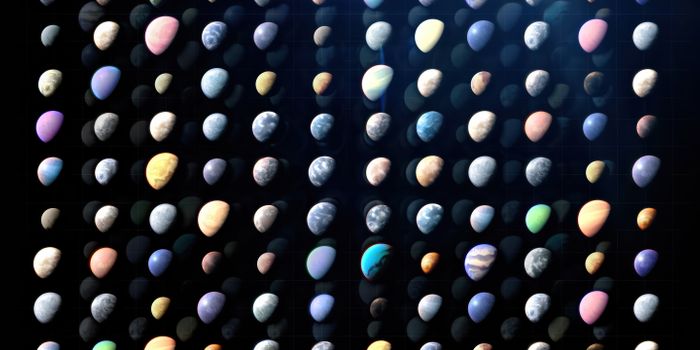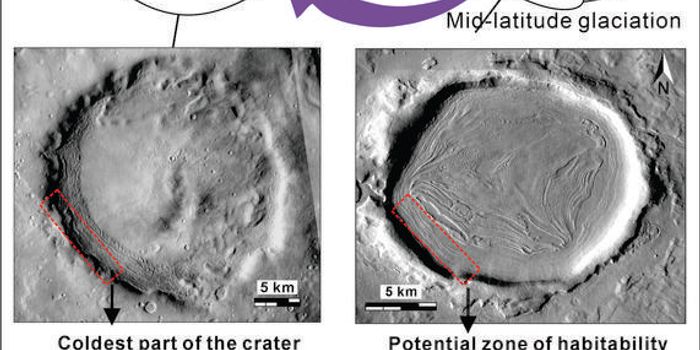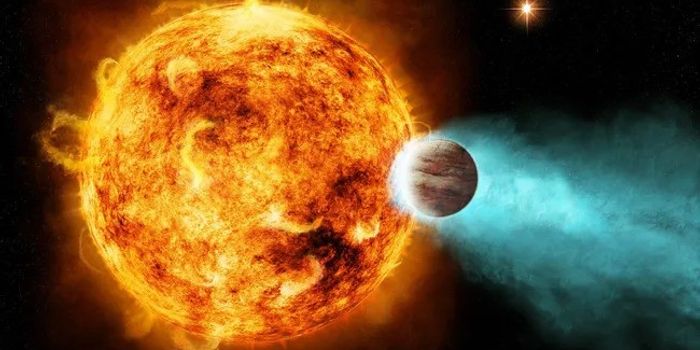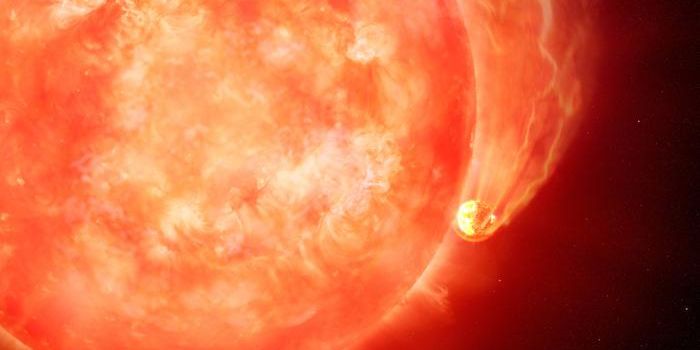Pharmaceuticals in Rivers May Alter Key Fish Life Events
How can drug-contaminated waters influence salmon migration patterns? This is what a recent study published in Science hopes to address as an international team of more than a dozen researchers investigated how pollution caused by pharmaceutical drugs impacts Atlantic salmon global migration patterns. This study has the potential to help researchers, climate scientists, and the public better understand the negative impacts of pharmaceutical pollution on animal behavior and the steps that can be taken to mitigate them.
“Pharmaceutical pollutants are an emerging global issue, with over 900 different substances having now been detected in waterways around the world,” said Dr. Marcus Michelangeli, who is a lecturer in the School of Environment and Science at Griffith University and a co-author on the study. “Of particular concern are psychoactive substances like antidepressants and pain medications, which can significantly interfere with wildlife brain function and behavior.”
For the study, the researchers used a combination of laboratory and field experiments on 730 Atlantic salmon (Salmo salar) within Sweden’s River Dal during their migration to the Baltic Sea. They accomplished this through pharmaceutical implants designed to slowly release two known pharmaceutical pollutants, clobazam and tramadol, while monitoring the salmon with animal-tracking transmitters. This study comes as Atlantic salmon global populations continue to decrease and are currently listed as an endangered species.
After combining results from laboratory experiments, the researchers discovered that clobazam influenced migration patterns of the Atlantic salmon, specifically regarding their behavior during migration, resulting from clobazam build-up in their brains. Additionally, the researchers emphasized steps that could be taken to mitigate the amount of pharmaceutical pollution.
“Advanced wastewater treatment methods are becoming more effective at reducing pharmaceutical contamination, and there is promising potential in green chemistry approaches,” said Dr. Marcus Michelangeli.
What new connections between pharmaceutical pollution and animal behavior will researchers make in the coming years and decades? Only time will tell, and this is why we science!
As always, keep doing science & keep looking up!
Sources: Science, EurekAlert!, National Oceanic and Atmospheric Administration








